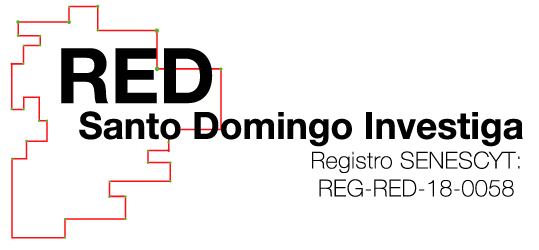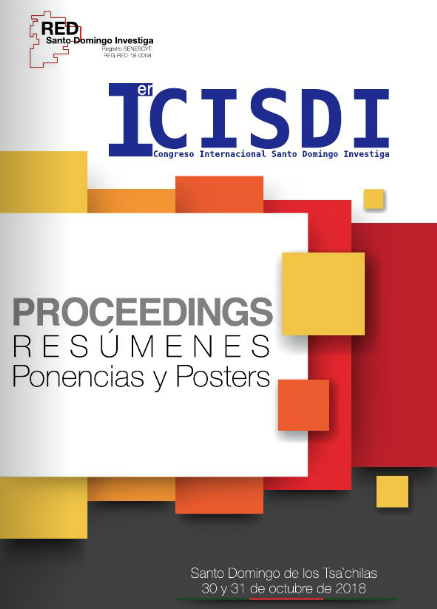ANÁLISIS DE RENDIMIENTO DEL PROTOCOLO SHOCKBURST EN REDES DE SENSORES INALÁMBRICAS PARA GESTIÓN REMOTA DE LA INFRAESTRUCTURA DE ALUMBRADO PÚBLICO
PERFORMANCE ANALYSIS OF THE SHOCKBURST PROTOCOL IN WIRELESS SENSOR NETWORKS FOR REMOTE MANAGEMENT OF PUBLIC LIGHTING INFRASTRUCTURE
Freddy Núñez
Instituto Superior Tecnológico Tsa`chila
Esta dirección de correo electrónico está protegida contra spambots. Necesita activar JavaScript para visualizarla.
Paola Santos
Universidad Técnica de Ambato
Esta dirección de correo electrónico está protegida contra spambots. Necesita activar JavaScript para visualizarla.
Resumen:
El presente trabajo propone un análisis empírico-analítico del rendimiento del protocolo Shockburst en ambientes de gestión remota de alumbrado público, actualmente estos sistemas utilizan tecnología Zigbee bajo el estándar IEEE 802.15.4 formada por una red de sensores distribuida en la infraestructura de alumbrado público, un concentrador y un servidor web. Se propone una solución alternativa y de bajo costo a los sistemas de gestión que hacen frente a las dificultades en el servicio de iluminación debido al fallo de las lámparas. Los sistemas comerciales de gestión remota se enfocan el control a tecnología LED sin embargo, la mayoría de infraestructura del servicio implementada en el país consta de bombillas con gases a presión por lo que la presente propuesta puede ser implementada sin realizar cambios en la infraestructura antes mencionada. Según la distribución geográfica del sistema de iluminación se propone una topología de red adecuada, se analiza los alcances máximos de los dispositivos de radiocomunicación y se complementa la investigación con un sistema web para el monitoreo mediante el uso de plataformas de código abierto con lo cual se obtiene un sistema versátil, de última tecnología y abierto al desarrollo y mejora continua del mismo.
Palabras Clave: Gestión Remota, Alumbrado Público, Shockburst, Código Abierto, Red de Sensores Inalámbrica.
Abstract
The present work proposes an empirical-analytical analysis of the performance of the Shockburst protocol in remote public lighting management environments, these systems currently use Zigbee technology under the IEEE 802.15.4 standard formed by a sensor network distributed in the public lighting infrastructure, a hub and a web server. An alternative and low-cost solution is proposed to the management systems that face the difficulties in the lighting service due to the failure of the lamps. Commercial remote management systems focus on the control of LED technology, however, most of the service infrastructure implemented in the country consists of bulbs with pressurized gases, so this proposal can be implemented without making changes to the aforementioned infrastructure. According to the geographical distribution of the lighting system, an appropriate network topology is proposed, the maximum ranges of the radiocommunication devices are analyzed and the research is complemented with a web system for monitoring through the use of open source platforms with which it obtains a versatile system, of last technology and open to the development and continuous improvement of the same.
Key Words: Remote Management, Street Lighting, Enhanced Shockburst, Open Source, Sensor Network.




